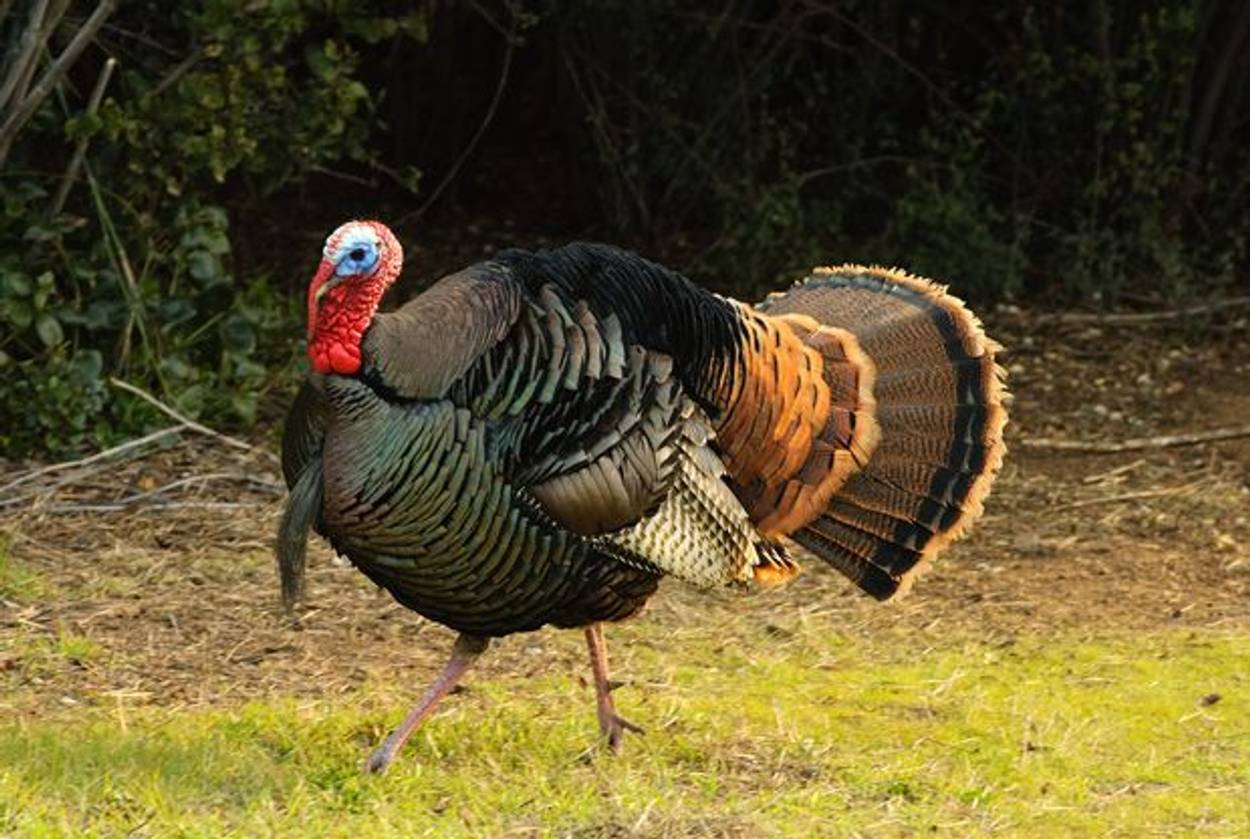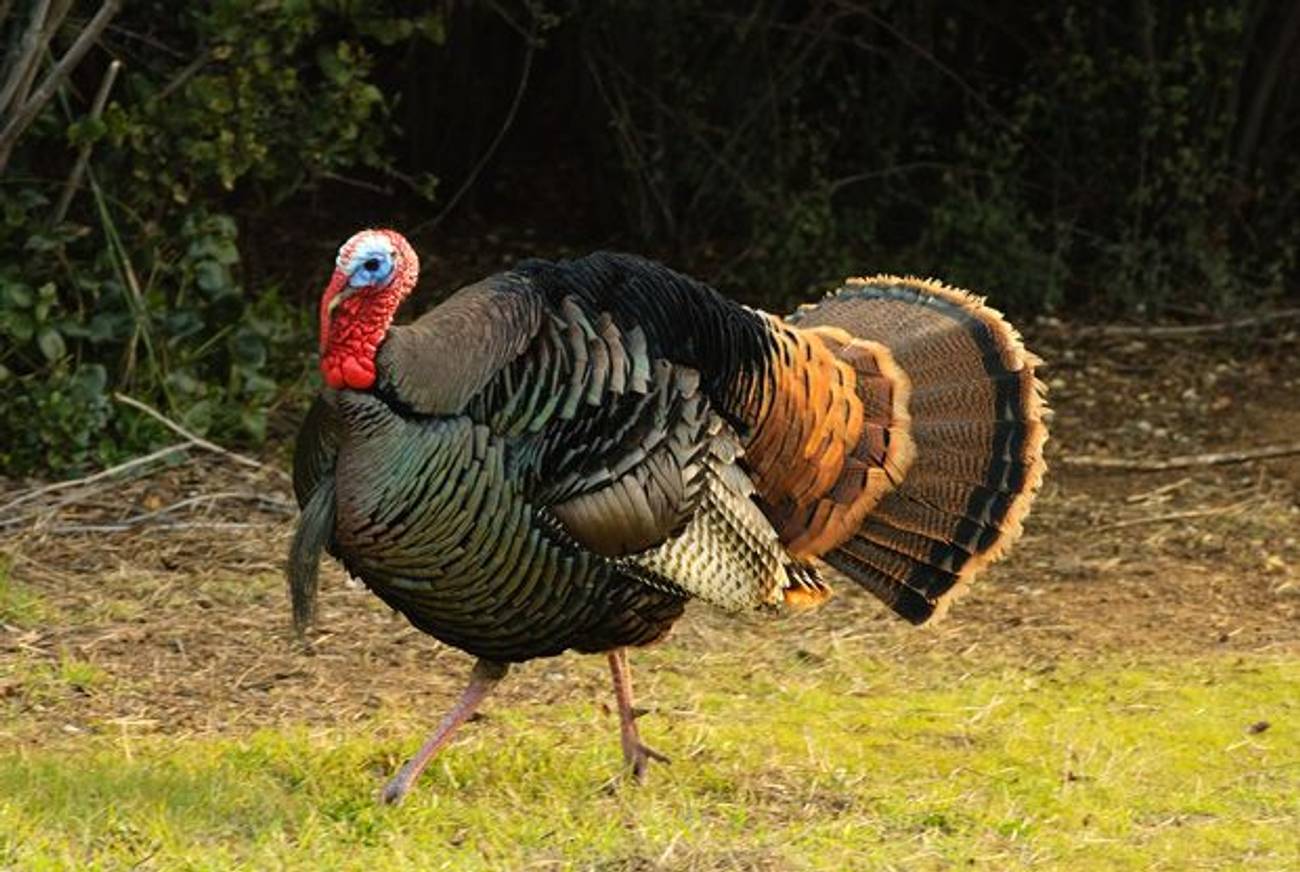Turkey Tasting
A pre-Thanksgiving turkey potluck Shabbat dinner




To taste the brined turkey tested for my article last week, I invited neighbors over for a pre-Thanksgiving turkey potluck Shabbat dinner. It was a great evening. Since most of us only cook turkey once a year, here are some of the tips we gathered in our test run:
We all agreed that most kosher turkeys are not as salty as they used to be, so you can brine them. In brining this turkey, I used salt with equal amounts of brown sugar, as well as thyme and apple cider. Other people add aromatics like juniper berries and bay leaves, and many people advocate using less salt for a kosher bird. If you decide to brine your kosher turkey, make sure you rinse the bird well and pat it dry before roasting. You also must use a cold, not hot, brine; hot brine cooks the turkey a bit and risks salmonella.
Some of my otherwise non-kosher Thanksgiving turkey-eating guests were put off by the feathers often left on kosher turkeys. When I asked an Empire spokesperson about this, he explained that since only cold water is allowed in a kosher slaughter, it is harder to get rid of the feathers. The reason that warm water, which would loosen the feathers and allow for easier extraction, is not allowed is that warm water would begin the cooking process forbidden during slaughtering. I also imagine that with the influx of buyers at Thanksgiving time, it is more difficult for the workers to keep up with the feathers. You can pluck them yourselves or forget about them.
When it is time to roast the turkey, try not to set the roasting pan on the very bottom rack of your oven, but rather the second from the bottom, as things burn too easily on the bottom.
How the turkey is carved is almost as important as how it is cooked. One school of thought—that of our turkey carver for the evening—is that you should first rest the turkey outside the oven for at least 20 minutes, then scoop out the stuffing if using it. Next, remove the legs and the wings by fishing around with the edge of the knife to find the right joint, take the skin off (but don’t discard it–it’s the best part), and with the turkey facing breast up, make a lateral cut at the base of the breast as deep and far back as you can. Then, start diagonally slicing white meat from the top down to the bottom. Lastly, cut the dark meat off the carcass. The backseat-driver school of thought proffered that after resting the bird, cut it down the center, because it is easier to carve that way.
Carving customs aside, this is a day about family coming together to celebrate that for which they offer Thanksgiving. We shouldn’t make light of these family traditions, as we saw in Avalon, the movie about a large Jewish family in Baltimore. In one memorable scene, the family is waiting for their uncle, played by Lou Jacobi, to arrive before they start the ceremonial carving of the turkey. While the younger family members want to feed their impatient children, the elders want to maintain the time-honored tradition and insist, “Don’t cut the turkey,” but to no avail. When Uncle Gabriel arrives, anticipating the coveted moment of the first slice, he sees the bird has already been cut. “What! You cut the turkey without me,” he shouts, leaving the house and never coming back. So please, don’t let my tips interfere with your family’s rituals.
Joan Nathan is Tablet Magazine’s food columnist and the author of 10 cookbooks including King Solomon’s Table: a Culinary Exploration of Jewish Cooking from Around the World.